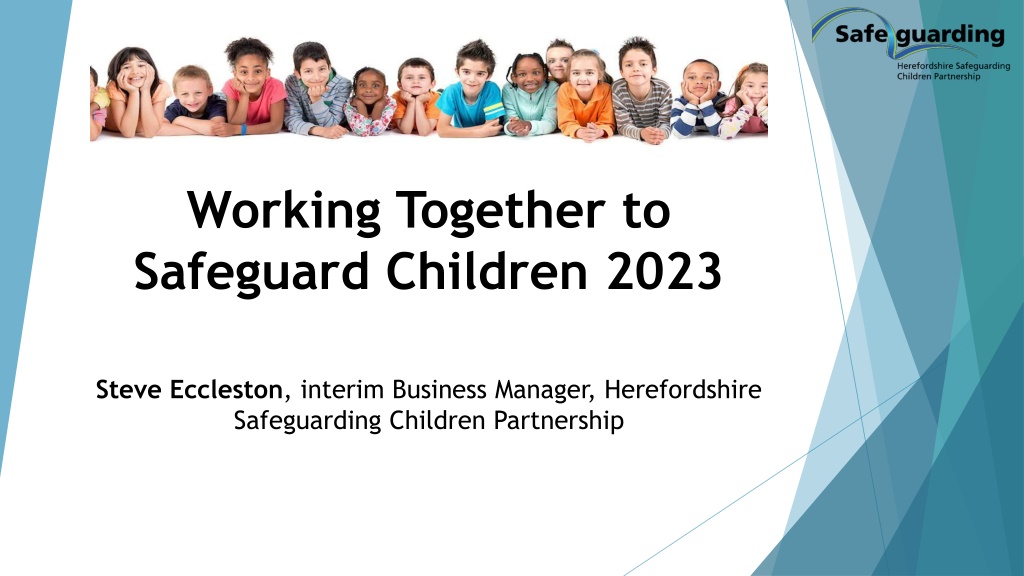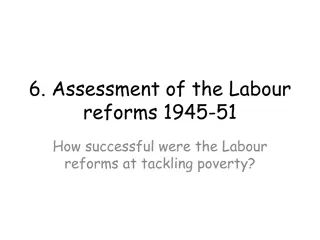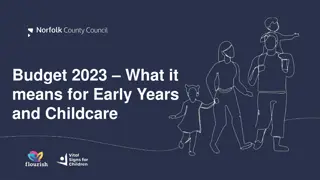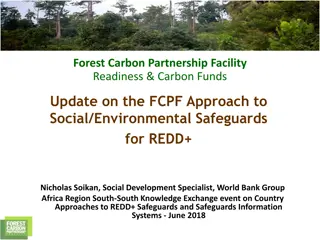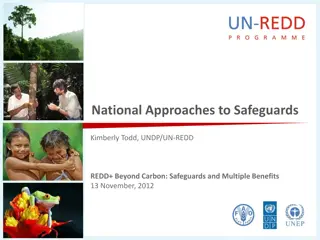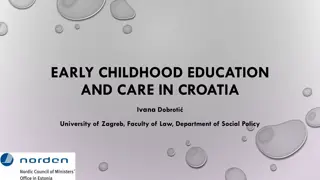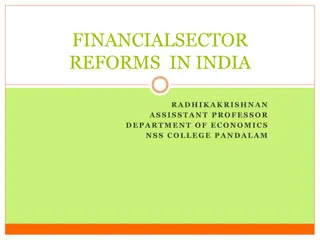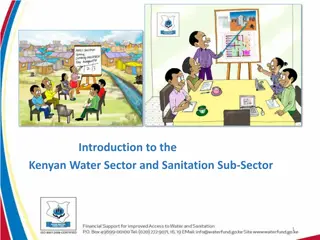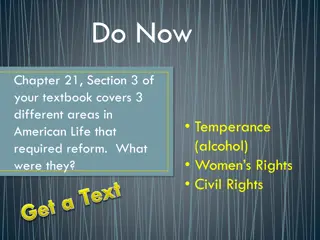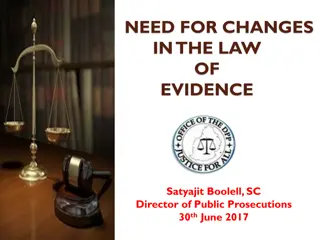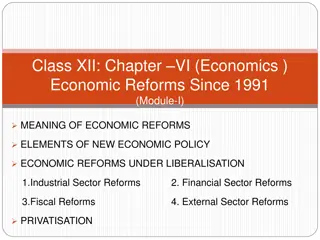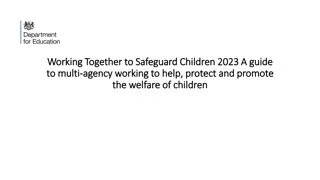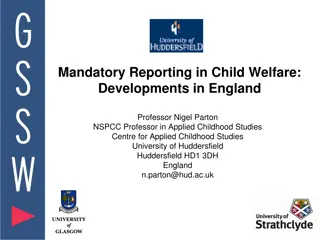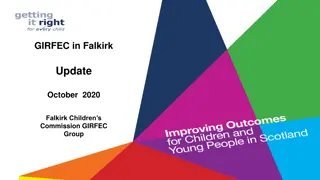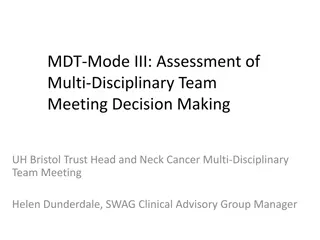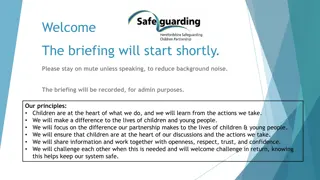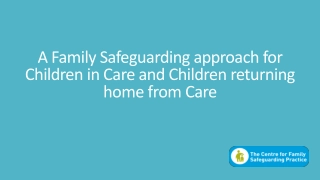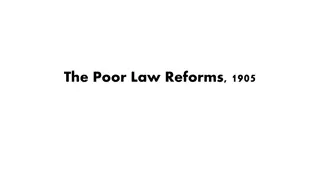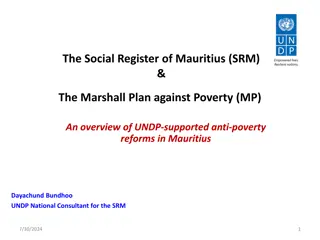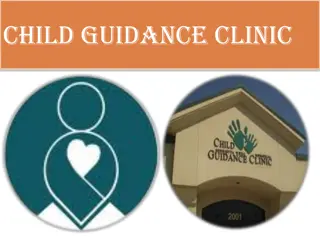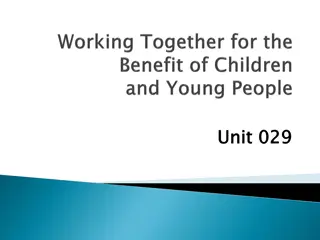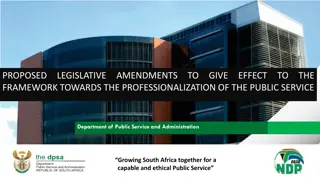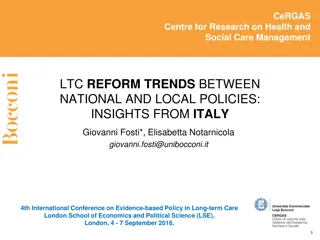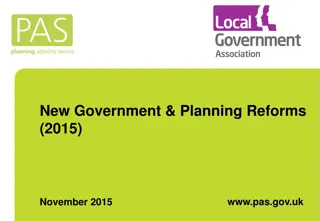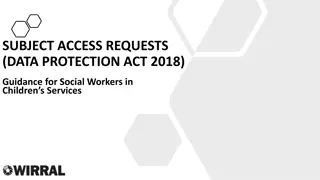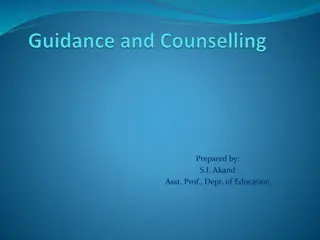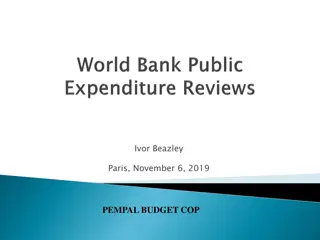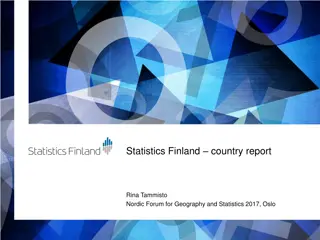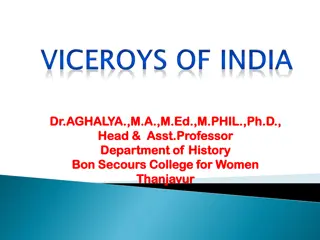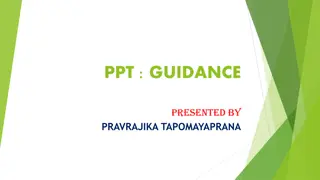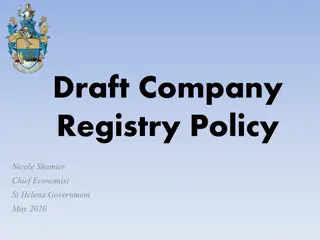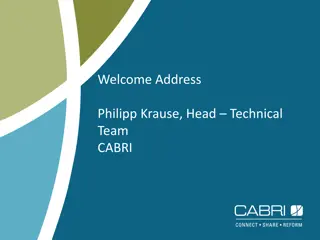Working Together to Safeguard Children 2023 - Overview of Reforms and Guidance
In 2023, Steve Eccleston, interim Business Manager at Herefordshire Safeguarding Children Partnership, introduced new developments in child protection including Stable Homes Built on Love framework. The focus is on Phase One of the reform, addressing urgent issues in child welfare. Working Together 2023 updates the statutory guidance for agencies to promote child welfare and protect from abuse. Changes in the 2023 version emphasize shared responsibility, multi-agency arrangements, engagement with families, and addressing various forms of abuse and exploitation.
Download Presentation

Please find below an Image/Link to download the presentation.
The content on the website is provided AS IS for your information and personal use only. It may not be sold, licensed, or shared on other websites without obtaining consent from the author. Download presentation by click this link. If you encounter any issues during the download, it is possible that the publisher has removed the file from their server.
E N D
Presentation Transcript
Working Together to Safeguard Children 2023 Steve Eccleston, interim Business Manager, Herefordshire Safeguarding Children Partnership
New developments from the Department for Education Stable Homes, Built on Love Working Together 2023 Children s Social Care National Framework and Dashboard Kinship Care Strategy Data Strategy Information Sharing Guidance 2024
Stable Homes, Built on Love 6 Pillars of reform: Family help provides the right support at the right time so that children can thrive with their families A decisive multi-agency child protection system Unlocking the potential of family networks Putting love, relationships and a stable home at the heart of being a child in care A valued, supported and highly skilled social worker for every child who needs one A system that continuously learns and improves, and makes better use of evidence and data Over the next 2 years focus is on Phase One of reform - addressing urgent issues, setting national direction, and laying the groundwork for future reform.
Working Together to Safeguard Children Statutory guidance that sets out how all agencies and professionals should work together to promote children's welfare and protect them from abuse and neglect. Working Together applies at every level from senior leaders to those in direct practice with families, and across all agencies and organisations that come into contact with children. First published in 1999. Working Together 2023 replaces Working Together 2018
Working Together to Safeguard Children 2023 - changes introduces principles for working with parents and carers, sets expectations for multi-agency working that apply to all individuals, agencies and organisations Chapter 1 - A Shared Responsibility: strengthens how safeguarding partners work together and with relevant agencies clarifies roles and responsibilities of safeguarding partners and introduces the partnership chair role emphasises the role of education, and engaging VCSE orgs and sports clubs in local arrangements strengthening accountability around information sharing, independent scrutiny, funding, and reporting Chapter 2 - Multi- agency safeguarding arrangements: strengthens the role of education and childcare settings in supporting children and keeping them safe improves family network engagement in decision making and supporting children clarifies a broader range of practitioners working with children and families under section 17 clarifies support for disabled children and their families, children in mother and baby units (in prisons) and children at risk from people in prison and people supervised by the probation service introduces new national multi-agency child protection standards clarifies the multi-agency response to all forms of abuse and exploitation from outside the home Chapter 3 - Providing help, support and protection: Chapter 4 - Organisational responsibilities: factual changes to align with legislation and guidance; Prison and Probation sections highlights the mutual benefits of exchanging information with children s social care Chapter 5 - Learning from serious child safeguarding incidents: clarifying the expectation for local authorities to keep in touch with care leavers over the age of 21, and the non- mandatory reporting of care leaver deaths up to age 25. Chapter 6 - Child Death Reviews: factual changes to align with legislation, statutory and operational guidance published since 2018.
What this means for you Multi-agency expectations Introduced to underpin multi-agency working by focussing on collaboration, learning, resourcing, inclusion, and mutual challenge. Apply to all individuals, agencies and organisations. In place for those working at strategic level through to direct practice. Multi-agency safeguarding arrangements Clarified the roles and responsibilities of safeguarding partners, and how they work together. Changes also provide for more accountability for how leaders and services make a difference. Strengthened the role of relevant agencies, including education settings at a strategic level. Principles for working with parents and carers New set of principles (drawn from good practice) to strengthen expectations of howpractitioners work with parents and carers. Bring consistency in the way families receive help and support, children are protected and practitioners across agencies develop effective and meaningful relationships with parents and carers. Child protection standards New set of national multi-agency practice standards for child protection that emphasise the skills, experience, and expertise practitioners working in a multi-agency child protection context need. Apply to all practitioners who come into contact with children where there is concern that the child is suffering or likely to suffer significant harm..
Principles for Working with Parents and Carers (Chapter 1: A Shared Responsibility) 1. Effective partnership working with parents and carers happens when practitioners build strong, positive, trusting, and co-operative relationships 2. Verbal and non-verbal communication should be respectful, non-blaming, clear, inclusive, and adapted to parents and carers needs. 3. Practitioners empower parents and carers to participate in decision-making to help, support and protect children 4. Practitioners involve parents, carers, families, and local communities in designing processes that affect them, including those focused on safeguarding children. All Practitioners should embrace these principles and apply them in working with parents and carers. Read the full version in WT23 and help to embed these in your organisation.
Multi-Agency Expectations: (Chapter 1: A Shared Responsibility) Strategic Leaders Senior and Middle Managers Direct Practice All individuals should understand and adhere to the Multi- Agency Expectations for their role
Multi-Agency Expectations: Senior and Middle Managers Managers Senior and Middle Collaborate: decisions are based on a shared practice approach and constructive debate and analysis of information from all services Learn: managers ensure their teams have time to engage in peer learning and knowledge exchange, peer audit, group supervision and observation Resource: managers ensure children receive the holistic support they need, drawing in expertise from a wide range of agencies Include: managers support staff to identify and challenge discrimination, disparity, and negative stereotypes Mutual challenge: constructive challenge within and across agencies and disciplines is actively encouraged, independent judgements are valued and given space alongside collective decision-making to avoid groupthink
Multi-Agency Expectations: Direct Practice Direct Practice Collaborate: practitioners share information to get a complete picture of what life is like for the child. Learn: practitioners learn together Resource: practitioners build strong relationships across agencies and disciplines Include: practitioners recognise the differences between, and are confident to respond to, circumstances where children experience adversity due to economic and social circumstances and acute family stress, and situations where children face harm due to parental abuse and neglect Mutual challenge: practitioners challenge themselves and each other, question each other s assumptions, and seek to resolve differences of opinion in a restorative and respectful way
Early Help and Family Networks (Chapter 3: Providing Help, Support and Protection) Strengthens the role of education and childcare settings in supporting children and keeping them safe Strengthens the approach to working with families, outlining the role of family networks Extends the risk factors for practitioners to consider when identifying children and families who may benefit from early help. Practitioners should familiarise themselves with this Chapter and continue to use a multi-agency approach to support families through Early Help.
Child in Need (s17) (Chapter 3: Providing Help, Support and Protection) Section 17 of the Children Act 1989 provides for children who are assessed to be in need of services to improve their life chances. Without the provision of services, these children are unlikely to reach their full potential. A broader range of practitioners can be the lead practitioner for children and families receiving support under s17 Child in Need Stay tuned for more information .
New National Multi-Agency Child Protection Standards (Chapter 3: Providing Help, Support and Protection) clarifies the multi-agency response to all forms of abuse and exploitation from outside the home, includes resources to support the response to online harm Read the Multi-Agency Child Protection Standards and ensure that you and your organisation are adhering to these standards.
Serious Incident Notifications for the death of a care leaver (Chapter 5: Learning from Serious Child Safeguarding Incidents) New, non-mandatory duty to report deaths of care leavers up to the age of 24. When a death occurs, the Local Authority will make a Serious Incident Notification. This applies to young people age 18 24 who were previously in care. If you are aware of a young person who has died and may have been in care, notify the local authority and follow the HSCP Death of a Care Leaver 18 24 years SIN Pathway
What is next Familiarise yourself with Working Together 2023, and in particular the areas highlighted above. The Herefordshire Safeguarding Children Partnership is rolling out an implementation plan, to ensure that we are aligned to Working Together 2023. New Multi-Agency Safeguarding Arrangements must be published by the HSCP by December 2024. Deborah McMillan is the DFE Local Authority National Advisor, to support areas in implementing WT23 The DFE has also assigned specific advisors for the Police, Health and Education Any questions, please contact admin.sbu@herefordshire.gov.uk
